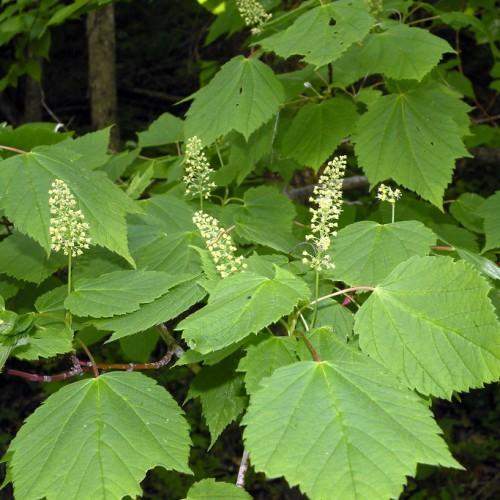
Mountain Maple
Acer spicatum
Also Known As - Dwarf Maple,Moose Maple,Low Moose Maple,Whitewood,Whiterod,White MapleWatering:
Minimal
Hardiness Zone:
Sun:
full sun
Fruits:
Fruits Ready In Summer
Growth Rate:
Low
Drought Tolerant:
Yes
Salt Tolerant:
Yes
Care Level:
Medium
watering
For Hispid Starburr, it is important to give it ample water on an as-needed basis. During the growing season (generally April through August) water the plants every 2 weeks, providing enough so that the soil is moist but not soggy. If the temperature and humidity are very high, additional watering may be needed. During the dormant months (generally September through March), water sparingly, about every month or 2. Make sure that the soil doesn’t dry out completely. Hispid Starburr will not tolerate overly wet soil.
sunlight
The Hispid Starburr (Acanthospermum hispidum de) is a plant species that thrives in full sun with 6-8 hours of sunlight per day. It prefers to grow in bright, sunny places, and can also tolerate partial shade. The plant needs direct sunlight for the entire growing season, which is usually from spring to early fall. During the summer months, the Hispid Starburr should be provided with direct sunlight for at least 6 hours a day to ensure proper growth. In the winter months, when daylight hours are fewer, the amount of sunlight needed for this plant is less and can be provided partially from an artificial light source.
pruning
Hispid Starburr (Acanthospermum hispidum) should be pruned in late winter or early spring before new growth starts to appear. To prevent over-pruning of the plant, prune off no more than 1-third of the existing foliage. Pruning back dead or damaged growth with small shears or pruning clippers is also suggested. Pruning also helps to promote a more full growth of the plant, so do not be afraid to prune as much as necessary to achieve desired shape.
